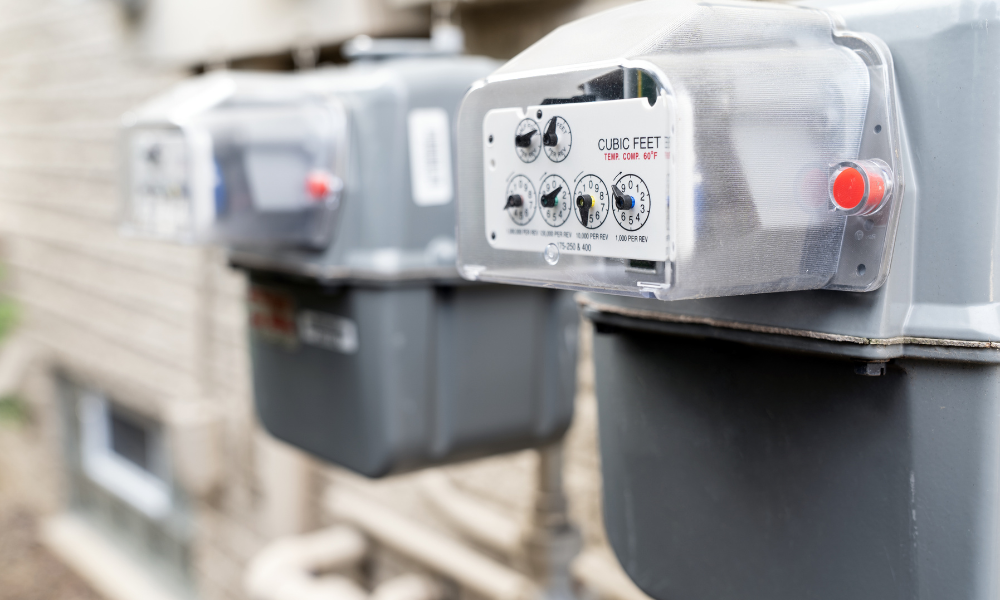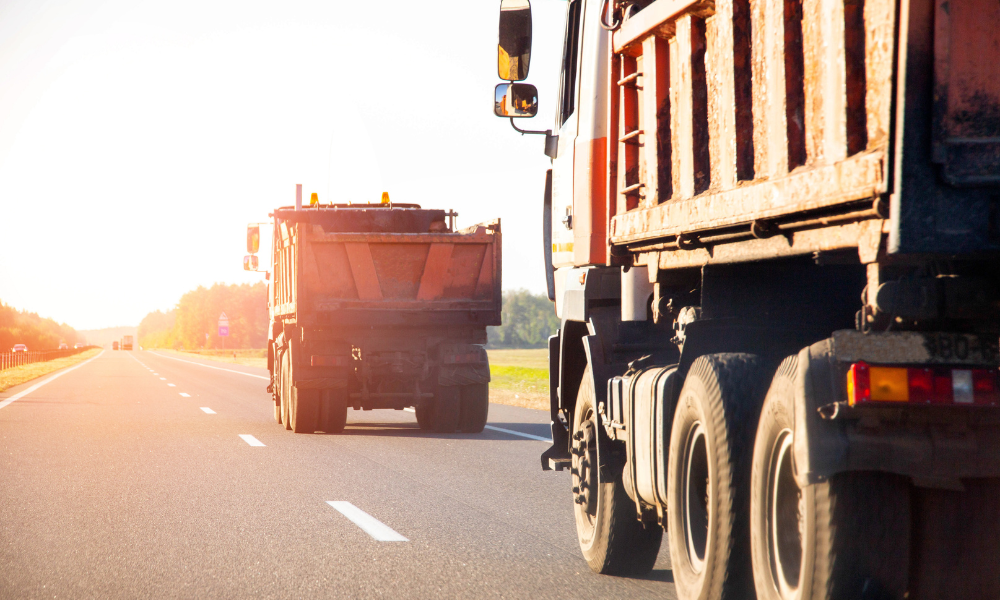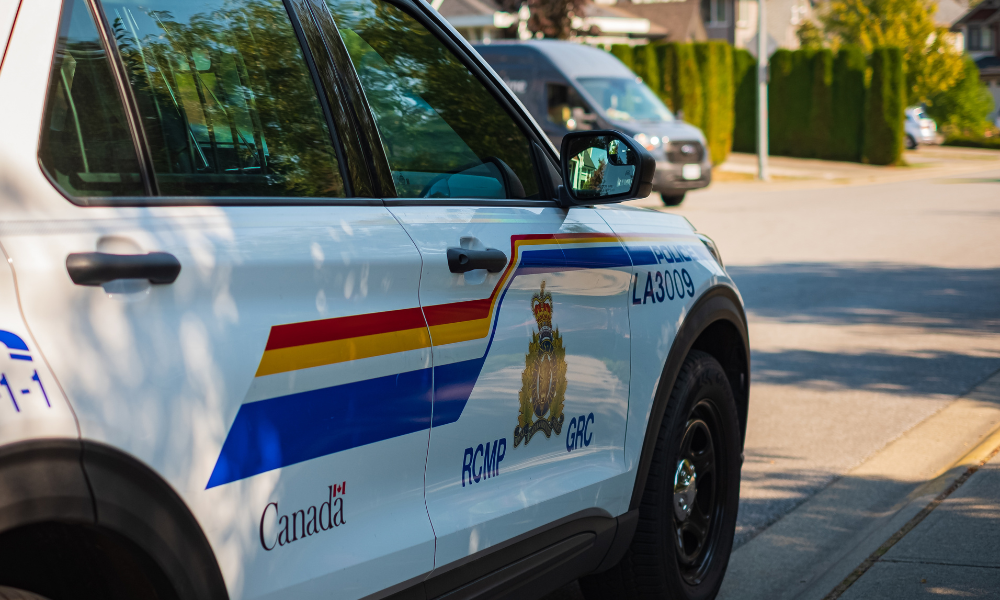Tips to prevent carbon monoxide hazards and gas emergencies

As the cold season looms over Ontario, Blair Hiseler, operations manager for Enbridge Gas in Waterloo, emphasizes that proactive safety can save lives and prevent accidents. Hiseler’s message arrives at a crucial time, aligning with Ontario’s 10th annual Carbon Monoxide (CO) Awareness Week, which began on November 1st.
“November marks Carbon Monoxide Awareness Week, and it's an essential reminder of the life-threatening risks associated with carbon monoxide poisoning. Prevention, however, is straightforward,” says Hiseler. He explains that regular checks and maintenance of fuel-burning appliances are non-negotiable. “Ensure any fuel-burning equipment inside your business or home is inspected annually by a TSSA-registered HVAC contractor. They will check that everything is functioning properly, that your vents are clear, and there are no defects that could cause carbon monoxide production.”
Simple steps, major impact
For health and safety professionals, Hiseler points out that effective preventative maintenance extends beyond inspections. “Your last line of defense is a functioning carbon monoxide alarm,” he notes. But ensuring that alarms work as they should requires regular upkeep. He stresses the importance of monthly tests and biannual battery changes. “Businesses can often overlook these simple checks, but they are critical. Tying these checks into existing monthly inspections of fire extinguishers or AEDs can be an effective strategy.”
Moreover, he adds that checking expiration dates is crucial. “Most CO alarms have a 10-year lifespan from the date of manufacture. Even hardwired systems need a battery backup replacement twice a year,” he cautions. The upcoming time change, he suggests, is a perfect prompt: “When you change your clocks, make it a habit to check your CO alarms too.”
Meter maintenance for emergency access
As winter intensifies, snow and ice hazards become a pressing concern. Hiseler underscores the importance of ensuring that natural gas meters remain accessible. “If you’re clearing snow off sidewalks or salting paths, think about your utility equipment too. In an emergency, first responders need clear access to your gas meter,” he says, highlighting that blocked or buried meters could delay emergency response.
Hiseler is adamant about the proper care of these devices. “Avoid using shovels or sharp tools on your meter set. Use a broom or a soft brush instead to gently clear away snow and ice. Damage caused by harsh tools could make a dangerous situation worse,” he advises.
Understanding gas leak warning signs
Hiseler’s advice extends to the importance of recognizing natural gas leaks. “Even though natural gas leaks are rare, they can be catastrophic. Know what to look for: a rotten egg odor, unusual hissing sounds, or vegetation that’s inexplicably dying around a gas line,” he says. If you detect a potential leak, Hiseler’s guidance is clear: “Leave the area immediately, call emergency services, and never assume someone else has reported the issue.”
Safety culture that saves lives
Reflecting on his experience, Hiseler says that fostering a culture of safety in workplaces involves routine and often-overlooked practices. “It’s the small, consistent actions that make a big difference,” he asserts. From integrating carbon monoxide alarm checks into standard safety routines to ensuring meters remain unobstructed, Hiseler emphasizes a comprehensive approach.
“We want people to be safe, and that’s why these practices are so critical,” Hiseler concludes. “This isn’t just about compliance—it’s about protecting lives and making sure everyone can get home safe, even in the harshest weather.”
Health and safety leaders can take Hiseler’s insights as a clear call to action: prepare, maintain, and be vigilant. As winter approaches, proactive safety efforts remain the cornerstone of workplace and home safety.





